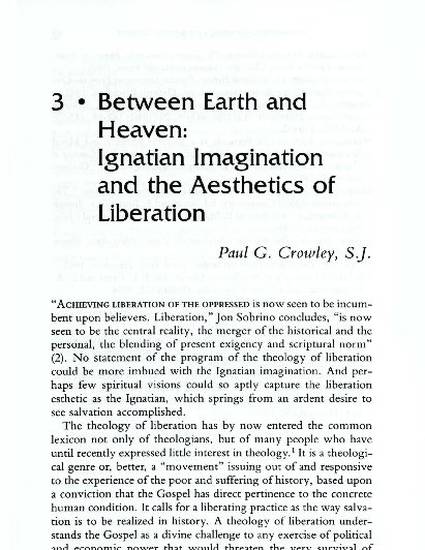
The theology of liberation has by now entered the common lexicon not only of theologians, but of many people who have until recently expressed little interest in theology.1 It is a theological genre or, better, a "movement" issuing out of and responsive to the experience of the poor and suffering of history, based upon a conviction that the Gospel has direct pertinence to the concrete human condition. It calls for a liberating practice as the way salvation is to be realized in history. A theology of liberation understands the Gospel as a divine challenge to any exercise of political and economic power that would threaten the very survival of human beings. The Gospel itself calls for a transfiguration of the earthly city and human history into an image of the kingdom of God. Thus, a theology of liberation moves in two directions: toward the fulfillment of human history in the absolute freedom of eternal life, and the working out of salvation within history itself.

Copyright © 1996 Fordham University Press. Reprinted with permission.